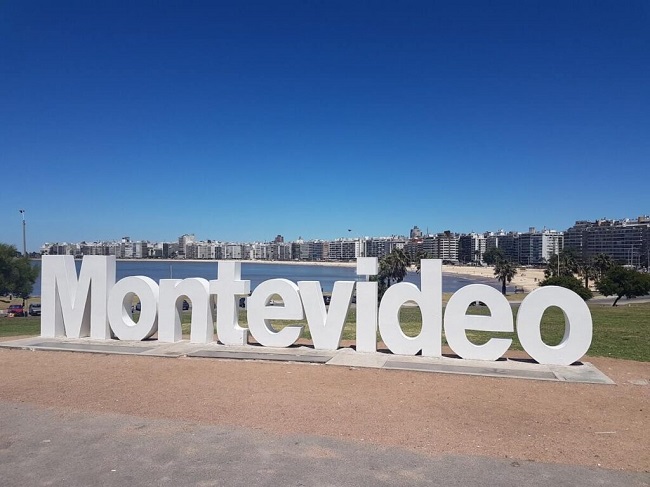The phone has a large 6.22-inch IPS LCD capacitive touchscreen display with a resolution of 1,440 by 2,160 pixels and an aspect ratio of 19.5:9. Both 64GB of internal storage and 4GB of RAM are standard on the HTC Wildfire E2.
Sensors on the smartphone include a fingerprint reader (on the back), an accelerometer, a proximity sensor, and a compass. The phone is powered by a Mediatek MT6762D Helio P22 Octa-core processor. The smartphone weighs 173.5 grams and has the dimensions of 158.4 x 75.9 x 9 mm.
Android 10 powers the mobile gadget in question. It has a powerful Li-Po 4000 mAh battery with built-in fast charging that cannot be removed. The only color option for this device is blue.

The smartphone’s dual camera has 16 megapixels (wide) and 2 megapixels (depth) and supports HDR, panoramic, and a dual-LED flash. The front-facing camera is a single 8-megapixel unit (wide).
HTC Wildfire E2 Summary
Samsung Galaxy S2 The phone’s 6.21-inch touchscreen display has an aspect ratio of 19.5:9 with a resolution of 720×1560 pixels. The brains of the HTC Wildfire E2 are an octa-core MediaTek Helio P22 (MT6762D) clocking in at 1.8GHz. It has 4GB of memory (RAM). The 4000mAh battery keeps the HTC Wildfire E2 running on Android 10.
The HTC Wildfire E2 has a 16-megapixel (f/2.2) primary camera and a 2-megapixel camera on the back. The camera in the back may focus automatically. It has an 8-megapixel, f/2.2 front-facing camera for taking high-quality selfies.
The Android 10–based HTC Wildfire E2 has 64GB of built-in storage that can be increased with a microSD card (up to 128GB). The HTC Wildfire E2 is a Nano-SIM and Nano-SIM dual-SIM (GSM and GSM) smartphone.
The HTC Wildfire E2 has dimensions of 158.40 x 75.90 x 8.95mm and a weight of 173.50 grams. It debuted in a black and blue color scheme. The HTC Wildfire E2 has compatibility for Wi-Fi 802.11 a/b/g/n/ac, GPS, Bluetooth 5.00, USB Type-C, 3G, and 4G networks (with support for Band 40 used by some LTE networks in India).
The fingerprint sensor, gyroscope, proximity sensor, compass/magnetometer, and accelerometer are just some of the sensors that are built within the phone. The HTC Wildfire E2 can be unlocked with a facial scan.
HTC Wildfire E2 Display and Design
The HTC Wildfire E2 has an IPS LCD display and a waterdrop notch measuring 6.2 inches in size. The screen is HD+ quality, with a resolution of 720×1520 pixels (271 PPI). With that PPI, the display is likely to deliver mediocre images at best. The phone has a 19.5:9 aspect ratio and a screen-to-body ratio of 81%. The smaller the surrounding bezels, the more of the screen you’ll get to appreciate your favorite media.
The rear of the phone has a glossy polycarbonate coating, and the whole thing seems really sturdy. The phone’s rear is equipped with a fingerprint reader. The phone’s ergonomics may appeal to you; HTC has attempted to balance its thick 8mm profile with a relatively light weight of 160 grams. The phone also has a type C port and a 3.5mm jack for headphones.
HTC Wildfire E2 Camera and Configuration
The HTC Wildfire E2 boasts a three-camera setup in the back, making it an excellent camera phone. There is a 16 megapixel wide-angle camera, an 8 megapixel telephoto camera, and a 5 megapixel autofocus depth camera.
There’s a front-facing 8MP camera for taking pictures and making video calls. Both the front and back cameras are capable of shooting Full High Definition (FHD) video at 30 frames per second.
The Helio P22 CPU from MediaTek powers the Android 10 operating system in the Wildfire E2. It has a PowerVR GE8320 GPU to handle graphics-intensive programs and games, and 4GB of RAM for multitasking.
The phone’s minimum requirements can be met by this midrange chipset, however intensive multitasking may slow down the device. When playing cutting-edge games like Pub-G and Asphalt, you may experience some stuttering.
HTC Wildfire E2 Battery and Storage
The HTC Wildfire E2 has a standard battery capacity of 3300mAh. For a phone with a 6.2-inch screen, the battery life feels a little inadequate. In normal circumstances, though, the battery backup should last for a full day.
The HTC Wildfire E2 has room for 64GB of your favorite apps and games on its internal memory. It also includes a slot for hybrid cards (with support for capacities up to 256GB). Your music, films, images, and other media can all be stored in the external memory.
HTC Wildfire E2 Connectivity
The HTC Wildfire E2 contains standard features like 3G and 4G VoLTE for making high-definition audio and video calls on Jio networks that allow it, as well as WiFi, Bluetooth v4.1, and USB v2.0 Type C. Constellations like GPS with A-GPS, GLONASS, and BDS are included for precise, real-time positioning and navigation.
Conclusion
HTC, a smartphone manufacturer based in Taiwan, has released a budget model called the Wildfire E2. Wildfire’s entry-level phone is packed with helpful extras and costs less than $200. The HTC Wildfire E2 has a triple 12MP camera on the back and a front-facing 8MP camera.
The phone relies on MediaTek’s Helio P22 CPU and 4GB of RAM and 64GB of internal storage for its performance. The phone has a standard-issue battery capacity of 3300mAh. The HTC Wildfire E2 may have more surprises in store for us, so let’s find out what they are.











